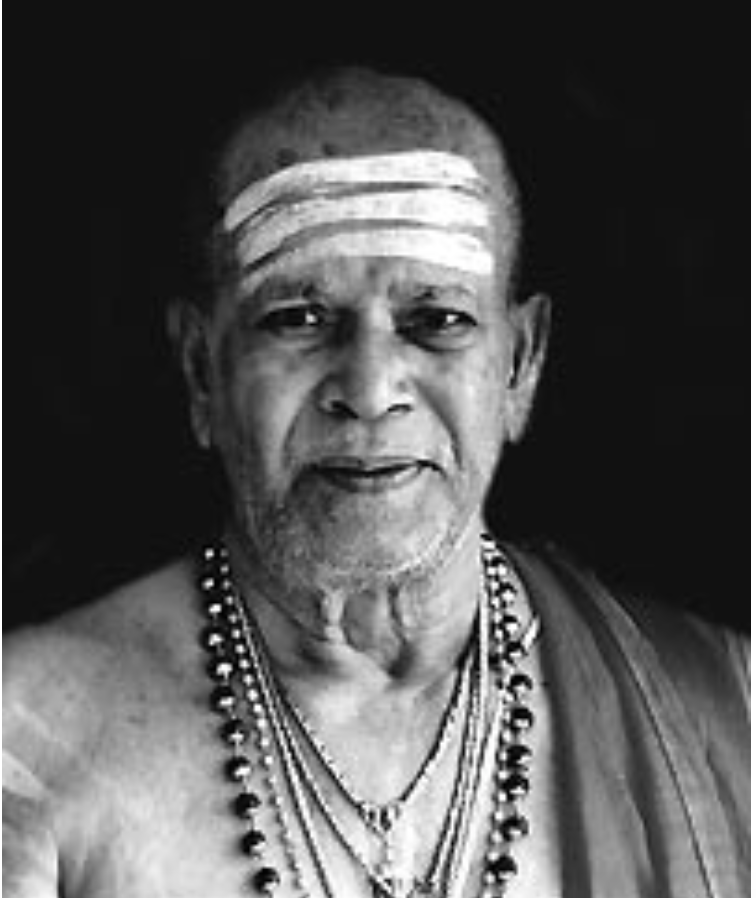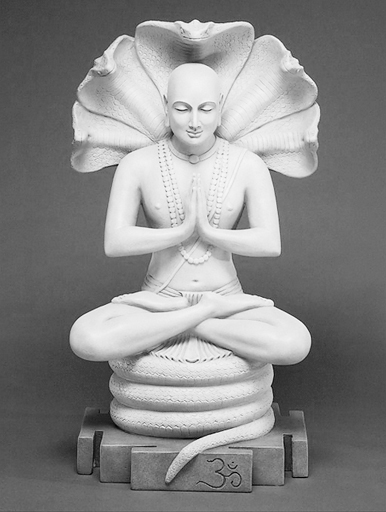Ashtanga Yoga

Ashtanga Vinyasa Yoga
Ashtanga Yoga is a traditional form of yoga which was taught by Sri. K. Pattabhi Jois in Mysore, India. Ashtanga Vinyasa yoga is designed to reveal the full depth of yoga. It is the systematic step-by-step unfolding of awareness without neglecting weak areas or catering to strong ones. This approach, called vinyasa, means sequential. It implies intelligent, balanced evolution, and it produces remarkable strength, flexibility, and clearness of mind. Out of the principle of vinyasa different progressive series of postures were created using the movements of the Sun Salutation as links.
The formal method of Ashtanga Vinyasa has six series of postures. These are used in training the body, breath, and the intelligence to merge together harmoniously without any distortion or unresolved aspects of the mind that might create a false sense of self.
When body, breath, and mind merge seamlessly, spontaneous samadhi occurs. The series cover a broad spectrum of postures, combinations of postures, and linking movements. They are like scales that a musician may master. They are challenging, and beginners will often practice only portions of them, and may need sub-series to span the gap between their present situation and their potential one.
I approach the Ashtanga Yoga practice in a unique way, paying close attention to alignment in order to do the postures safely with a profound inner awareness. This adds a therapeutic aspect to the yoga where one can learn to heal themselves; helping to correct previous injuries, mend emotional wounds or simply maintain a healthy body and mind.

This method of dynamic yoga involves synchronising the breath with a progressive series of postures, a process producing intense internal heat and a purifying sweat that detoxifies muscles and organs. The result is improved circulation, a light and strong body and a calm, focused mind. The Ashtanga Yoga system places equal emphasis on strength, flexibility and stamina. Through regular practice of the physical postures of Ashtanga Yoga, personal insights begin to manifest. We become aware of what we put in our bodies and how we interact with the world around us; growing our ability to concentrate fully and live a healthier, more contented life. If one dedicates oneself to this practice it will change that person’s life, and possibly those close to them!
In one of the most influential classical texts on yoga, The Yoga Sutras of Patanjali, you will find the Sanskrit word, Ashtanga, which literally means “eight limbs”. Here Ashtanga Yoga is defined by these 8 limbs as a progressive path to self-realization:

Yama: self-restraints
– Ahimsa – non-harming
– Satya – truthfulness
– Asteya – non-stealing
– Brahmacarya – continence
– Aparigraha – greedlessness or taking only what is necessary
Niyama: observances
– Sauca – cleanliness or purity
– Santosha – contentment
– Tapas – austerity or self-discipline
– Svadhyaya – self-study
– Isvara pranidhana – surrender or devotion
Asana: physical practice of yoga postures
Pranayama: breath control exercises
Pratyahara: control of the senses
Dharana: concentration
Dhyana: meditation
Samadhi: absorption

